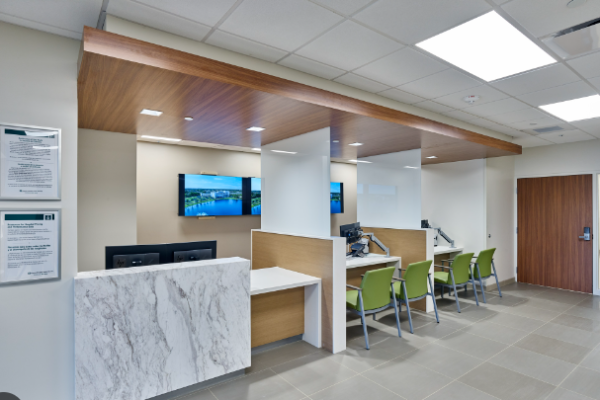Welcome to the first installment of our Universal Design Principle Series. Today, we embark on a journey of exploration and understanding, starting with the foundational principle of Equitable Use. Join us as we delve into the essence of inclusive design, unraveling the principles that pave the way for a world that caters to the needs of everyone, regardless of ability or background.
Understanding Equitable Use
What is Equitable Use in Universal Design?
Equitable Use forms the bedrock of Universal Design, emphasizing the creation of products and environments that are useful and marketable to people with diverse abilities. The goal is to foster inclusivity without stigmatization, ensuring that everyone, regardless of physical or cognitive differences, can access and use the designed elements.
Key Considerations
Avoiding Stigmatization
Equitable Use seeks to eliminate any features that might stigmatize or segregate users based on their abilities. Designs should promote a sense of equality and inclusion.
Same Means of Use for All
The principle calls for providing the same means of use for everyone, avoiding the need for separate or specialized designs. This ensures that products and environments are universally accessible.
Real-World Applications
1. Inclusive Public Spaces
- Equitable Use in urban planning ensures that public spaces, such as parks or transportation hubs, are designed to accommodate individuals with diverse abilities. This may include ramps, tactile paving, and accessible seating.
2. Adaptive Technology
- Technological innovations, such as voice-controlled devices or screen readers, exemplify Equitable Use by providing alternative means of interaction for individuals with varying abilities.
3. Accessible Transportation
- Equitable Use principles are evident in accessible transportation design, with features like low-floor buses, ramps, and audible announcements benefiting individuals with mobility or sensory impairments.
Designing for Equitable Use
1. User-Centered Design
- Begin the design process with a focus on the needs and preferences of a diverse user base. Conduct user research to understand the varied requirements and challenges users may face.
2. Inclusive Feedback
- Gather feedback from individuals with different abilities throughout the design process. This ensures that the final product or environment is optimized for equitable use.
3. Universal Accessibility Standards
- Adhere to established accessibility standards, such as the Web Content Accessibility Guidelines (WCAG) for digital interfaces or local building codes for physical spaces. These standards provide a framework for creating universally accessible designs.
Equitable Use is not merely a principle; it’s a commitment to a more inclusive and equitable world. As we embrace the concept of designing for diverse abilities, we pave the way for environments where everyone can participate fully and independently. Stay tuned for our next installment as we continue to unravel the principles of Universal Design, bringing us one step closer to a world that is truly designed for all.
In our next installment, we will delve into second principle of the Universal design which is Flexibility in Use.
For more information on why accessibility is important general, you can check out my previous blog post here.
For further information on how In our next installment, we’ll explore the importance of captions for individuals with hearing disabilities and delve into how we can promote digital products using captions with semantic markup to enhance accessibility for those with hearing impairments.to make your product accessible to your audience, contact our experienced design experts, check out our Accessibility IQ for your website, download our guide Digitally Accessible Experiences: Why It Matters and How to Create Them, and read more from our UX for Accessible Design series.




